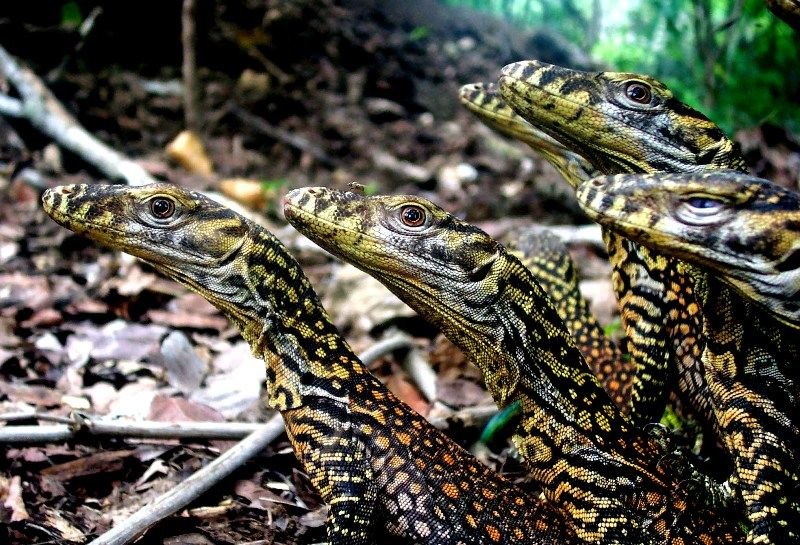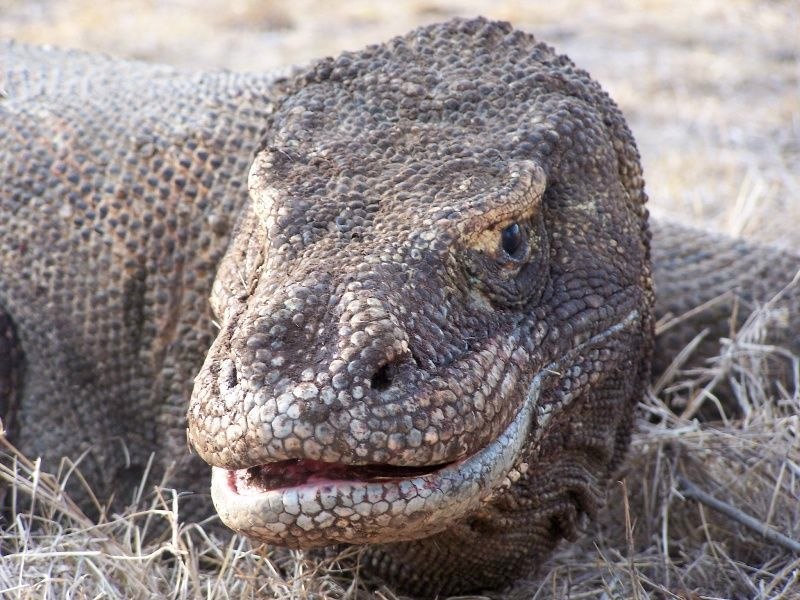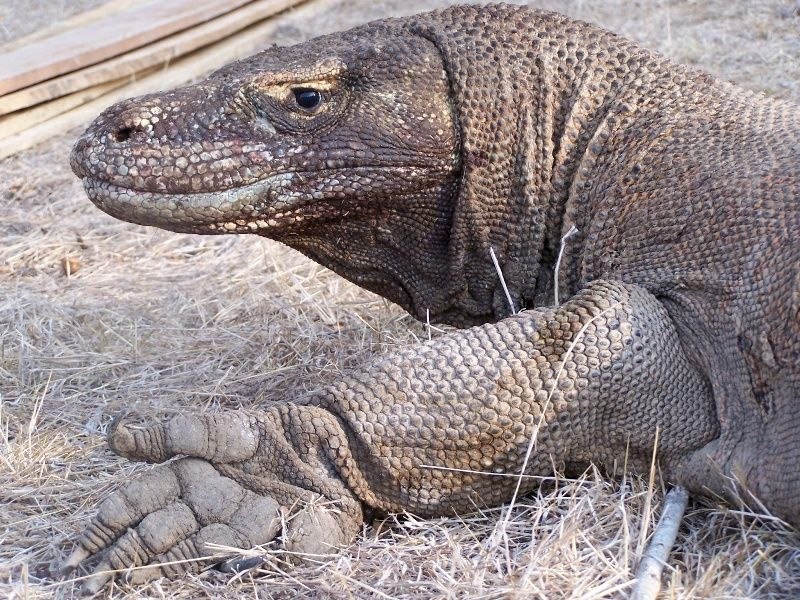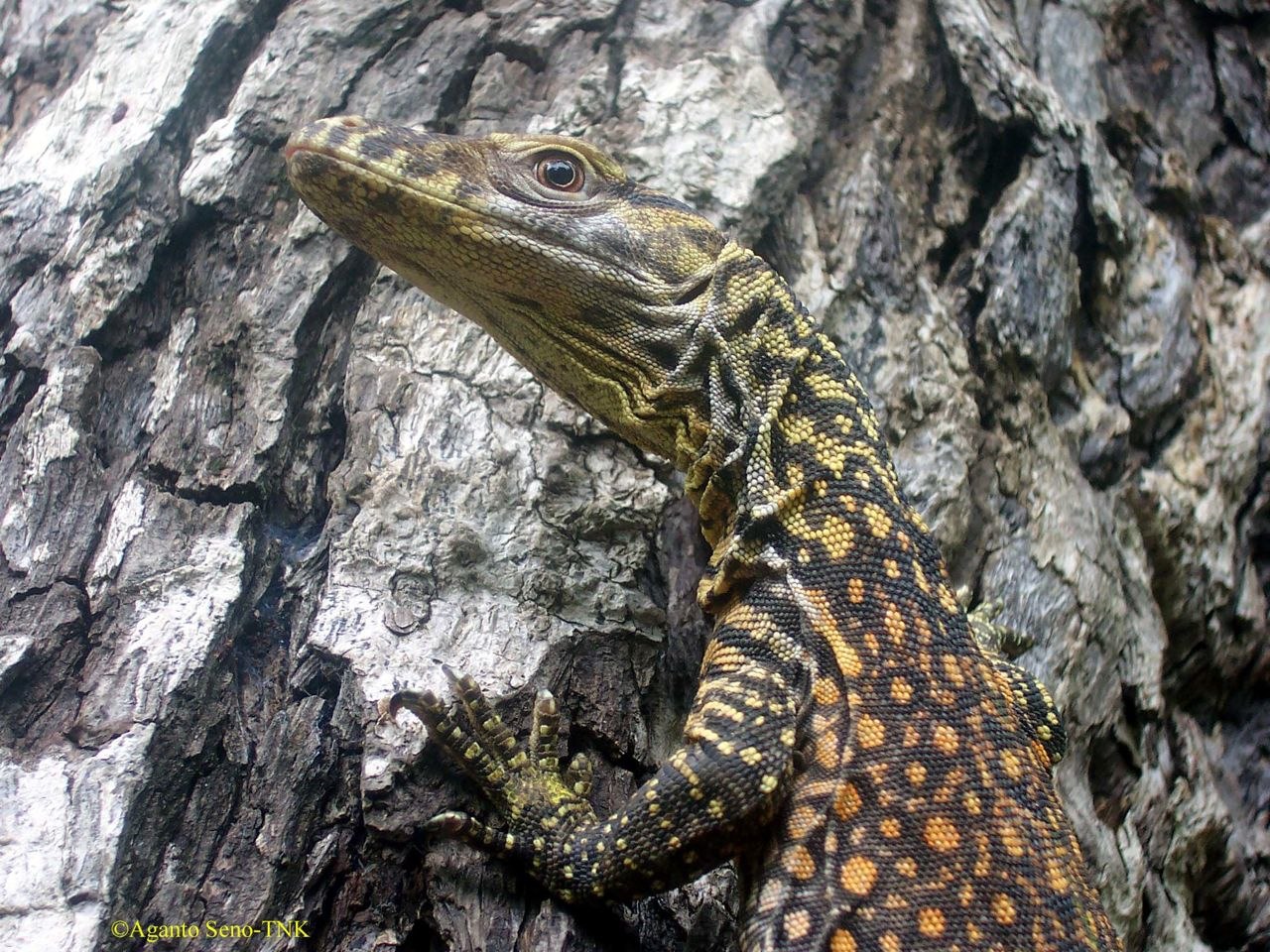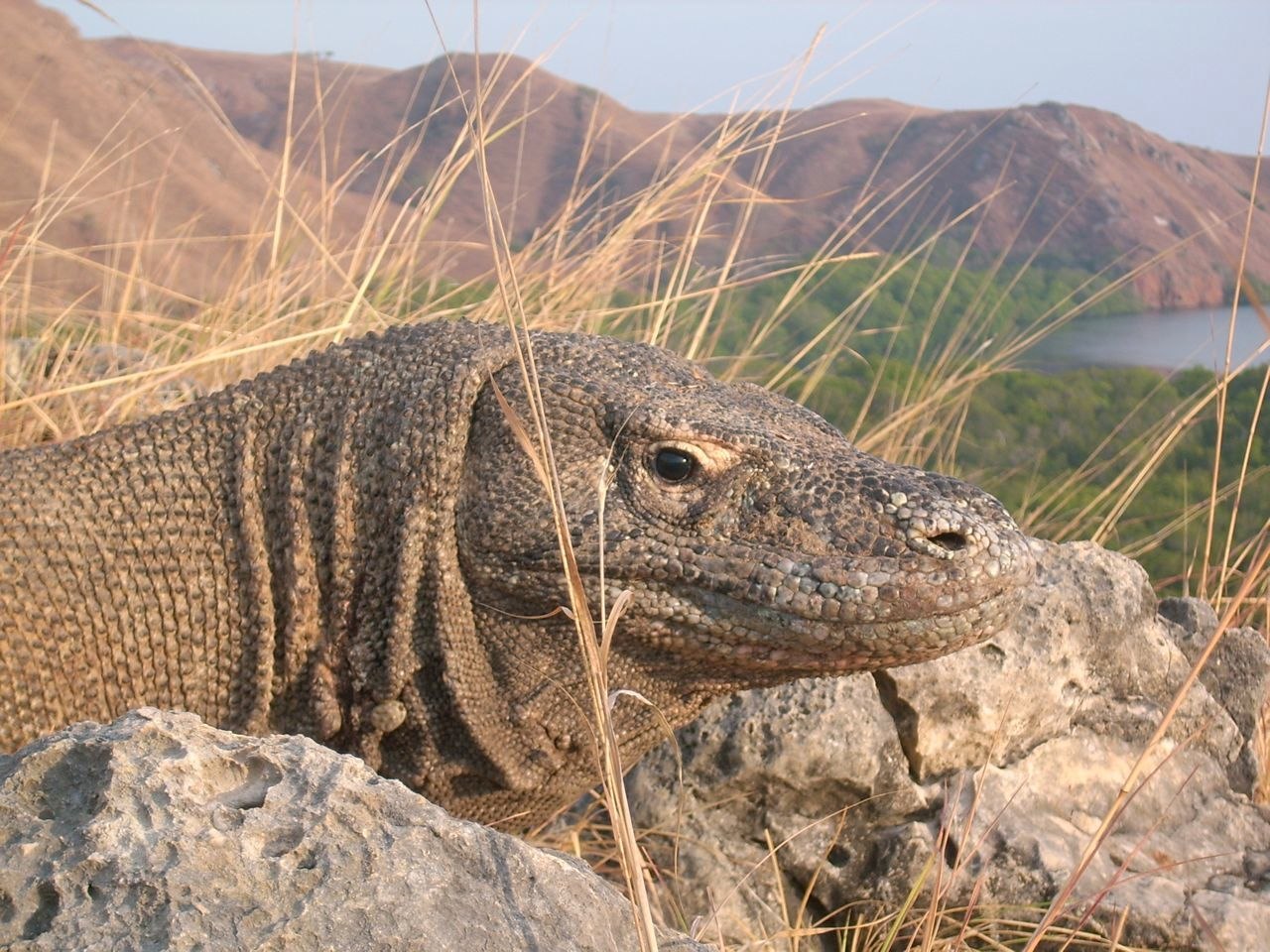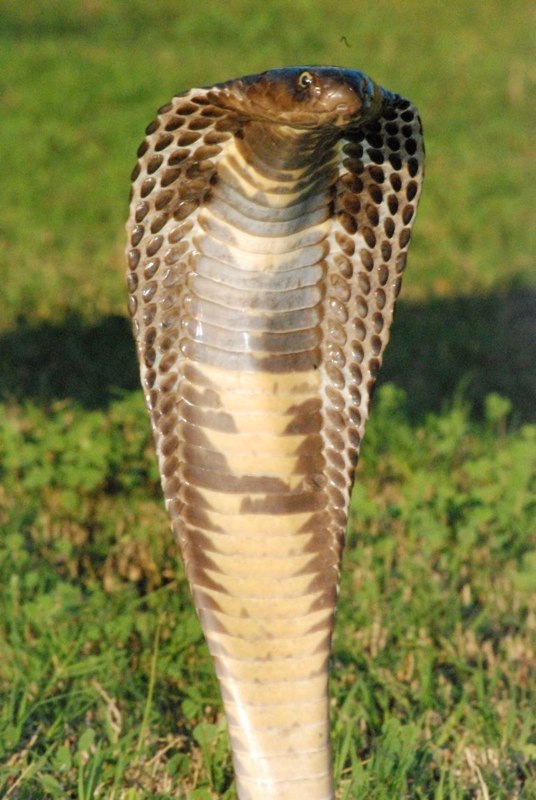I have always felt that the evolution of venom systems is poorly understood despite their biological uniqueness and medical importance.
My lab's research goes far beyond the usual medically important snakes, scorpions and spiders, and instead studies all venomous animals. These include sea anemones, jellyfish, sea snails, cephalopods, centipedes, several insect orders, echinoderms, fish, lizards and even some mammals, such as lorises, platypus and shrews.
My research program integrates ecological, evolutionary, and functional genomics approaches to understand the evolution of venom systems. Major findings to-date: (i) revealing venom systems are more widespread than previously believed; (ii) through the detailing of the functional and structural constraints on proteins recruited for use as venom toxins (convergent strategies); (iii) necessitating the redefinition of what makes an animal venomous; (iv) thus revealing greater diversity of animals with toxins for utilisation in drug design and development.
We also investigate how toxins can be used as lead compounds in drug design and development. Our research showed that the most divergent venoms are going to have the most unique components and these are the most likely to be useful as therapeutics.

